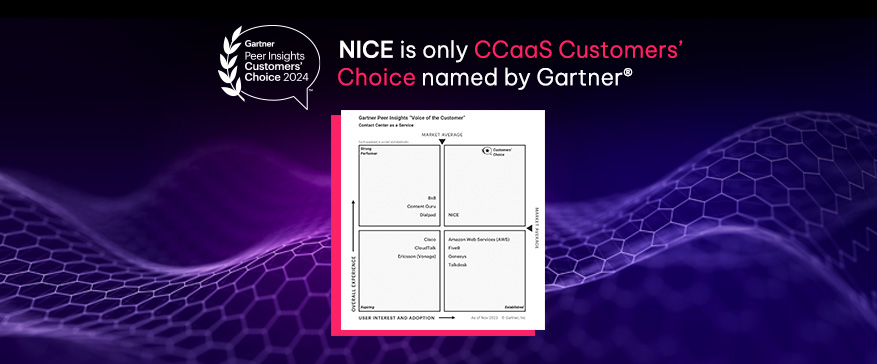What is a Sentiment Score?
A sentiment score is a metric for measuring customer sentiment. It indicates the strength of customer sentiment during a given contact center interaction. Depending on the scoring model, composite scores are calculated by conducting quantitative analysis on call recordings. Scores can range from 0-100, where 100 is the most positive possible outcome and 0 is the least. Positive words are assigned a +1 scoring, while negative words are assigned a -1 scoring in speech analysis software. The final sentiment score for each response is the sum of the positive and negative scores. A composite sentiment score is calculated by adding up sentiment scores on all calls. The average score can be calculated by calculating the total number of positive words against negative words.
What is a good sentiment score?
When analyzing customer experience with speech analytics, a good sentiment score would typically be around 80% or higher. Sentiment score is measured based on the frequency of positive and negative language used by customers during their interactions. If the sentiment score is below 50%, it indicates that the customer experience is mostly negative, while a score above 80% implies a positive customer experience. However, sentiment analysis is not always a foolproof method, and it may be subject to errors in cases such as sarcasm, irony or ambiguity. Therefore, it’s vital to use additional metrics along with sentiment analysis to evaluate customer experience comprehensively.
How are sentiment scores determined?
Sentiment scores are determined using natural language processing (NLP) techniques to analyze customer interactions and identify the tone and emotions expressed through language. There are different approaches to sentiment analysis, including rule-based systems, machine learning models, and hybrid systems that combine both methods – it all depends on the platform you’re using and the workflow you’re following. Generally speaking, the process of calculating sentiment scores involves:
- Text cleaning: Removing irrelevant or duplicate words and phrases such as stopwords, punctuations, and emojis.
- Tokenization: Breaking down the cleaned text into smaller components called tokens, such as words, phrases, or sentences.
- Speech tagging: Identifying the grammatical elements of the tokens, such as nouns, verbs, adjectives, and adverbs.
- Sentiment analysis: Using machine learning algorithms to classify the tokens as positive, negative, or neutral, and then calculating a sentiment score based on the frequency and intensity of the sentiments.
What is a sentiment scale?
A sentiment scale is a tool used to measure the polarity, or emotional range, of a customer’s feedback on a numerical scale. The scale ranges from positive sentiments to negative sentiments, with neutral sentiment in the middle. The most common sentiment scales are based on numeric values such as 1 to 5 or 1 to 10.
For example, on a 1-10 sentiment scale, a rating of 1 would be the most negative feedback, while a rating of 10 would be the most positive feedback. A score of 5 would represent neutral feedback or no sentiment. Sentiment scales can be used to evaluate different aspects of customer feedback, such as product quality, customer service experience or general satisfaction with a brand.







